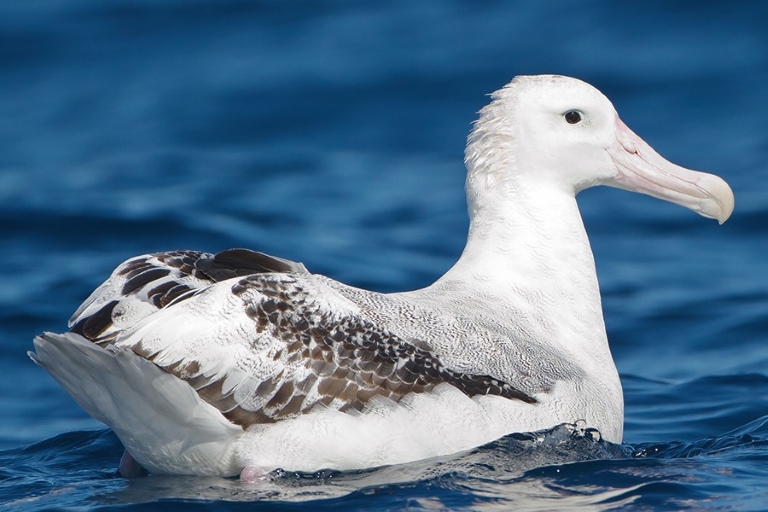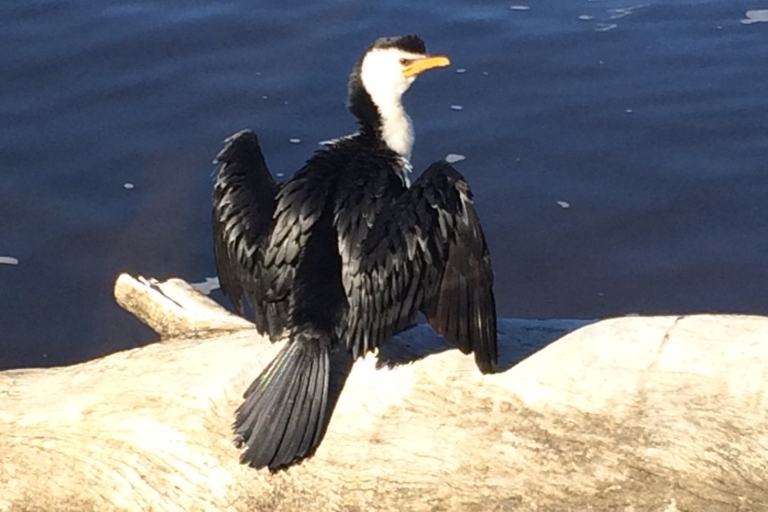Baby Birds
Donate Now!Don’t be a bird napper!
Before you save a baby bird check that it really is an orphan.
Some species feed their young every few minutes, while others like magpies can take an hour or more to find food for their young. Doves only feed their babies twice a day. Baby birds outgrow their nests when they are still very immature and continue to be fed by their parents for weeks or even months as they learn how to fly and to forage for food. They also need to leave the nest to grow their flight feathers and tail feathers, which can not happen when in the nest. Please monitor the baby before removing from the territory, its important it learns all the skill set from the parent bird to become a successful adult. If you are unsure, please call before removing the baby bird.
First: Try to assist the bird to stay in its habitat
Second: Let it stay overnight
Third: Last resort only!
Nestlings must be kept warm: a plastic drink bottle filled with hot water and wrapped in cloth or a desk lamp with a 25 watt bulb work well.
Catching birds
Prepare beforehand
Wear proper protection
How to handle the bird
Catch the bird with a towel, double the towel over to protect yourself from any beaks and claws, gently pace it over the bird. Place the bird in a secure box with a lid. Please have air holes in the box to allow ventilation.
Transporting birds
The method of transportation can mean the difference between life and death. Birds will already be stressed by the injury and by handling.
Keep the environment quiet, warm and dark. Try to find a cardboard box that fits the bird comfortably without allowing it to flap or roll about. Make sure the car temperature is not going to overheat the wildlife. Remember the transport box will get hot quickly.
Place an old towel in the bottom to stop it slipping, make ventilation holes above the bird’s level of vision. Don’t transport birds in open cages. Definitely, do not transport the bird with food or water dishes and please do not feed the wildlife.


Seabirds
 The most common reasons that seabirds come into care are:
The most common reasons that seabirds come into care are:
- Exhaustion after storms (when seabirds, which normally inhabit open ocean, are blown inshore with strong westerly storms.
- Injury and/or entanglement in fishing line, hooks or ingestion of plastics.
If you find a seabird firstly ascertain whether it needs care and observe it from a safe distance.
Consider your own safety before attempting to rescue any wildlife. Look out for sharp claws and beaks and remove any young children or domestic animals from the area. Get help and equipment (gloves, a box or carry case, eye protection such as sunglasses) ready. Catch the bird with a towel or cloth and gently hold its wings close to its body as you put it into a transport case.
Exhausted seabirds require specialist intensive nursing and veterinary care for the first few days. For further advise please call Native Animal Rescue.
Accidental hooks in birds
 If you hook a bird while fishing stay calm and do not cut the line to release the bird (that is a recipe for a slow painful death and you can do so much better to help it). You can gently reel the bird in, even large birds like pelicans.
If you hook a bird while fishing stay calm and do not cut the line to release the bird (that is a recipe for a slow painful death and you can do so much better to help it). You can gently reel the bird in, even large birds like pelicans.
Get someone to help you place a towel or clothing over the bird’s head and eyes to make it easier to manage and check to see how badly the hook is embedded. Only attempt to remove the hook if it is superficially engaged. If it is deeply engaged or has been swallowed get the bird to professional veterinary care or call Native Animal Rescue for advice on 9249 3434.
Even if you can remove the hook, get the animal to veterinary care to be assessed. If it needs rehabilitation, ask the vet to contact Native Animal Rescue and we will arrange for its rehabilitation and release. Click here to locate your nearest NAR Partnered Vet.
Never release a bird with a hook or line attached to it. A rusty hook is likely to cause death or, at the very least an extended period of suffering. Trailing line is likely to snare the bird and prevent it from feeding.
What you can do to help protect birds
- Do not use stainless steel hooks or unattended lines.
- Do not dump tangled line, cut it into small pieces and dispose of it corectly.
- Take all your rubbish with you, plastic bags are regular killers of our marine life.
- Do not feed seabirds, it only encourages them to adopt dangerous scavenging behaviour.
- Avoid casting in areas where seabirds are feeding.
- NAR regularly services fishing bins on the Swan and Canning Rivers where you may safely dispose of your tackle. Please call us on 9249 3434 for more information.
